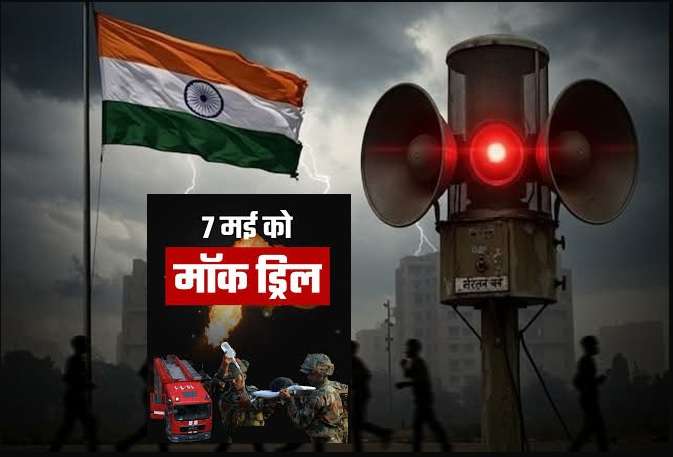In a reassuring display of preparedness and infrastructure resilience, Pune successfully avoided a power blackout during a nationwide mock drill conducted on May 6 to test the emergency response protocols of the country’s electricity grid. While several parts of India experienced brief outages as part of the exercise, Pune remained unaffected, thanks to coordinated efforts between the Maharashtra State Electricity Distribution Company Limited (MSEDCL) and the Pune Municipal Corporation (PMC).
Mock Drill Overview
The nationwide mock drill was orchestrated by the Ministry of Power in collaboration with the National Power Committee and the Central Electricity Authority. Its purpose was to assess how state and city-level authorities respond to large-scale grid failures, especially in the wake of rising global threats such as cyberattacks, natural disasters, and cross-border conflicts.
The drill simulated a massive blackout scenario across several zones, temporarily suspending power in cities like Lucknow, Bhopal, and Patna for 10 to 15 minutes. However, Pune’s local authorities were informed in advance and prepared contingency plans to ensure uninterrupted power to hospitals, data centers, transport systems, and critical services.
Pune’s Preparedness Pays Off
MSEDCL officials confirmed that Pune was excluded from active power cuts during the drill because of its key role in managing backup energy supply and testing control room responsiveness. “We ensured all feeder lines remained functional while internal protocols were tested through shadow exercises,” said an MSEDCL spokesperson. “Pune’s infrastructure is robust, and our teams performed exceptionally in simulating and responding to high-risk scenarios without impacting public services.”
The city’s success was lauded by state officials, who called it a “model for urban energy resilience.” Pune’s proactive measures included synchronizing with smart grid technologies, activating real-time monitoring centers, and deploying mobile units to assess response times without actually disrupting electricity.
Public Reaction and Communication Strategy
Public awareness played a vital role in preventing panic. PMC issued timely alerts across local news channels, social media, and resident welfare groups, clarifying that no actual outage would occur in Pune. “Transparency helped us gain the public’s trust and cooperation. Our goal was to test readiness, not to inconvenience citizens,” said a senior official from PMC’s Disaster Management Cell.
The communication strategy ensured that business operations, hospital services, and daily life continued without interruption. Many Pune residents even appreciated the city’s clarity and preparedness. “It’s good to know the authorities are ready for emergencies. The updates helped ease any concerns we had,” said Radhika Kulkarni, a resident of Kothrud.
Wider Implications for Urban Planning and Technology
The drill also highlighted the growing importance of smart infrastructure in urban centers. Pune’s use of real-time data analytics, automatic switching systems, and energy management software played a crucial role in maintaining uninterrupted power supply.
Experts believe such drills are essential in today’s world, where cyber threats and grid vulnerabilities are growing. “It’s not just about turning the lights off; it’s about testing how quickly systems can respond and recover,” said Anil Rane, an energy security analyst.
Looking Ahead
As India moves toward greater energy security, drills like these are expected to become more frequent. Pune’s performance sets a benchmark for other cities aiming to strengthen their power resilience without affecting daily life.



